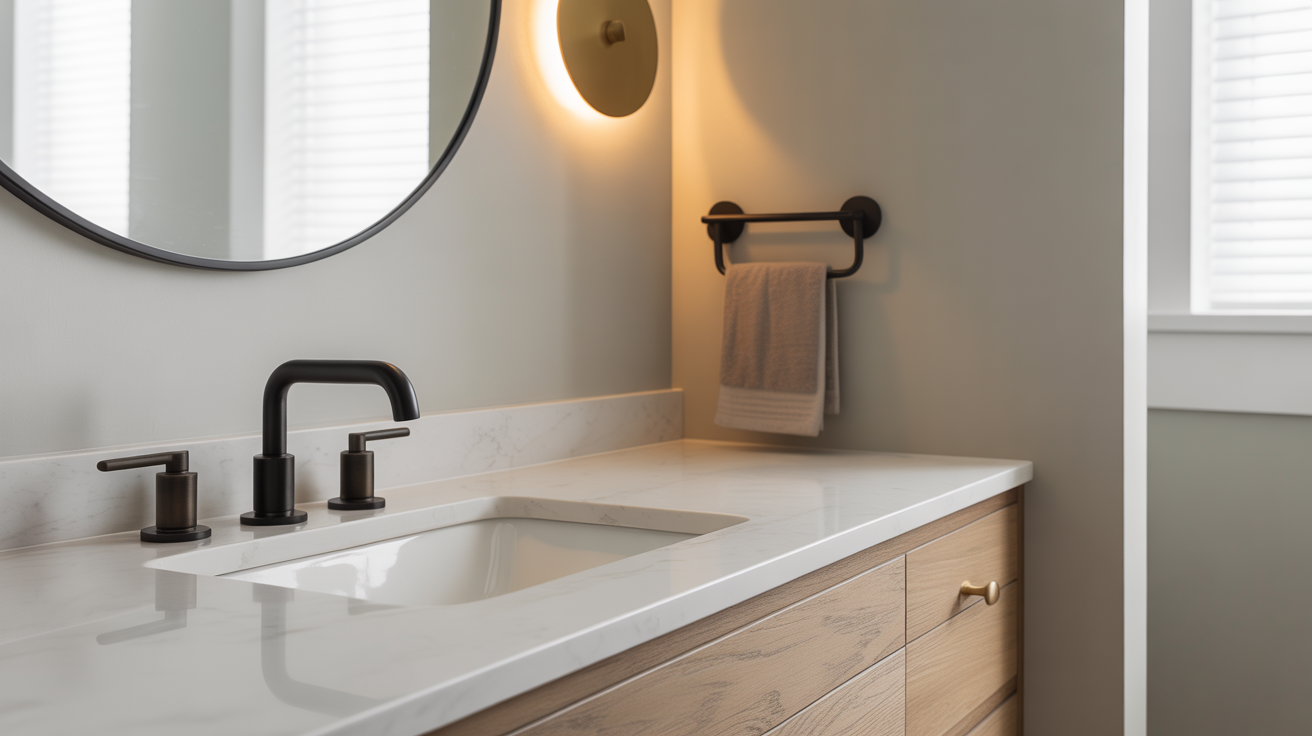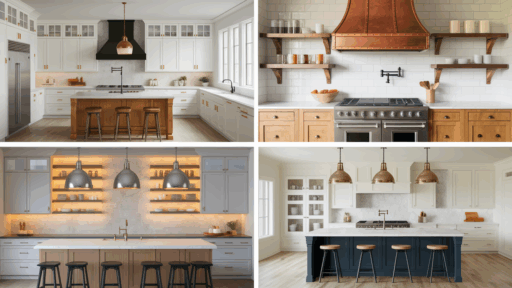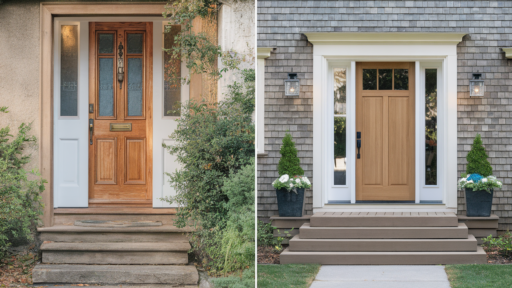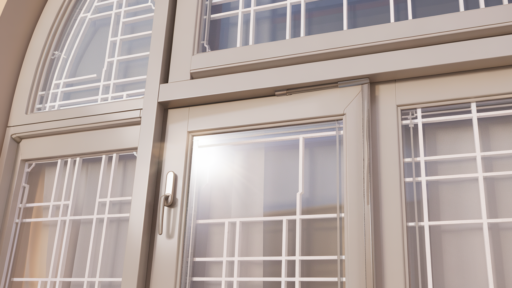Thinking about using different metals in your bathroom but not sure where to begin? You’re definitely not alone. A lot of people get stuck when it comes to mixing finishes.
But the truth is, using a few different metals is one of the easiest ways to make your bathroom feel fresh and well put together.
In this guide, I’ll show you how to mix metal finishes correctly. You’ll learn which ones look good together, how many you should use, and some simple tips that designers use all the time.
I’ve spent years helping people design their homes, and the bathrooms that turn out best always follow a few key tips. Once you know them, picking out fixtures and hardware gets a lot easier.
If you’re doing a full remodel or just updating a few pieces, these ideas will help you create a space that feels planned out, not random.
Benefits of Mixing Metal in the Bathroom
Mixing metals in your bathroom isn’t just about following trends. It can actually improve the look and feel of your space.
When you use more than one type of metal, your bathroom gets more style and personality.
Using only one finish can make things look flat, like everything was bought in one trip. But mixing metals the right way makes the room feel planned and thoughtful.
It also gives you more freedom. If you love a brass mirror but already have silver taps, you don’t have to change everything. Mixed metals let you keep what you like without starting over.
This also helps your bathroom stay in style longer. Mixing finishes keeps it from looking old too fast.
And using one bold metal for things like lights or mirrors helps your best pieces stand out more.
How to Mix Metals in Bathrooms?
I’ve learned that mixing metals isn’t about throwing random finishes together – it’s about following a few simple principles to keep things cohesive. The key is balance and intention, not chaos.
1. Choose a Dominant Metal First
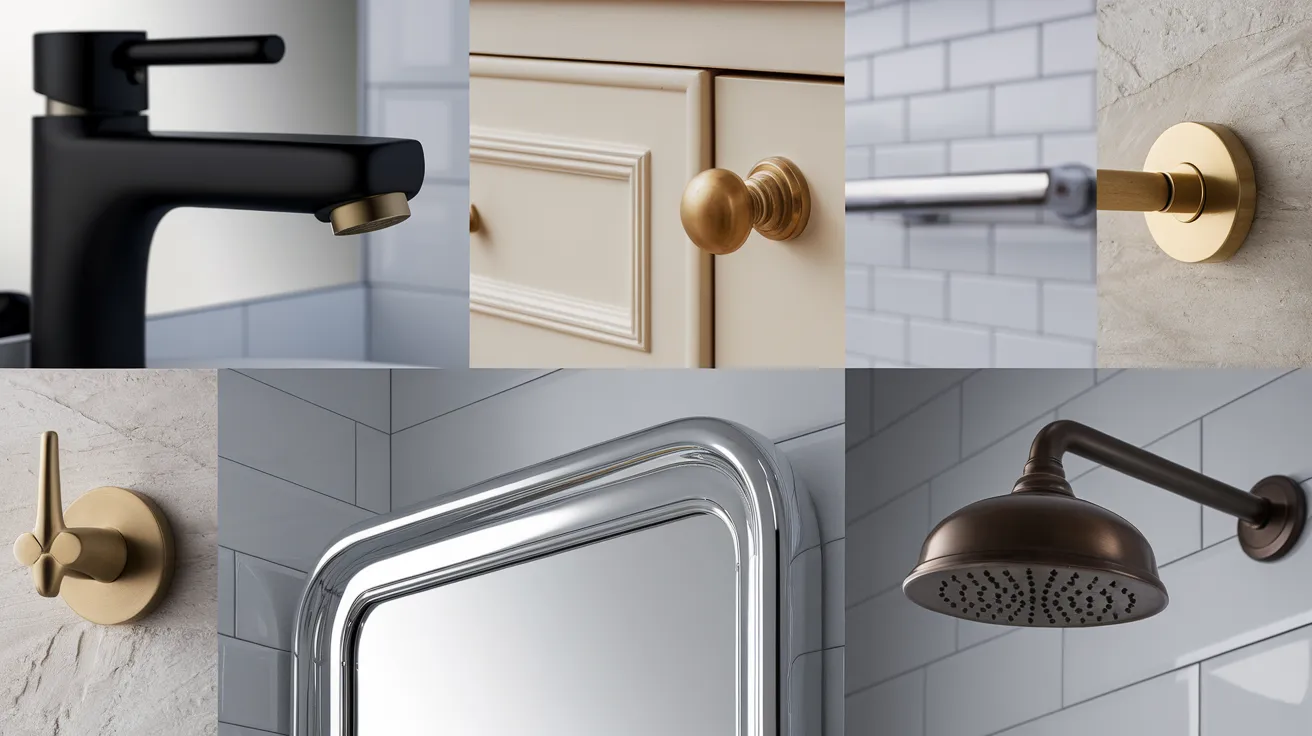
Start with one metal that will be the main finish in your bathroom. This should be applied to the largest items, such as faucets, showerheads, and cabinet hardware.
Pick a finish that suits your overall style, such as matte black for a modern look or brushed nickel for a soft, neutral tone.
The dominant metal sets the mood of the space. It provides your design with a clear starting point and helps the other finishes work in harmony with it.
Once you lock this in, everything else becomes easier to mix and match.
2. Add a Supporting Metal
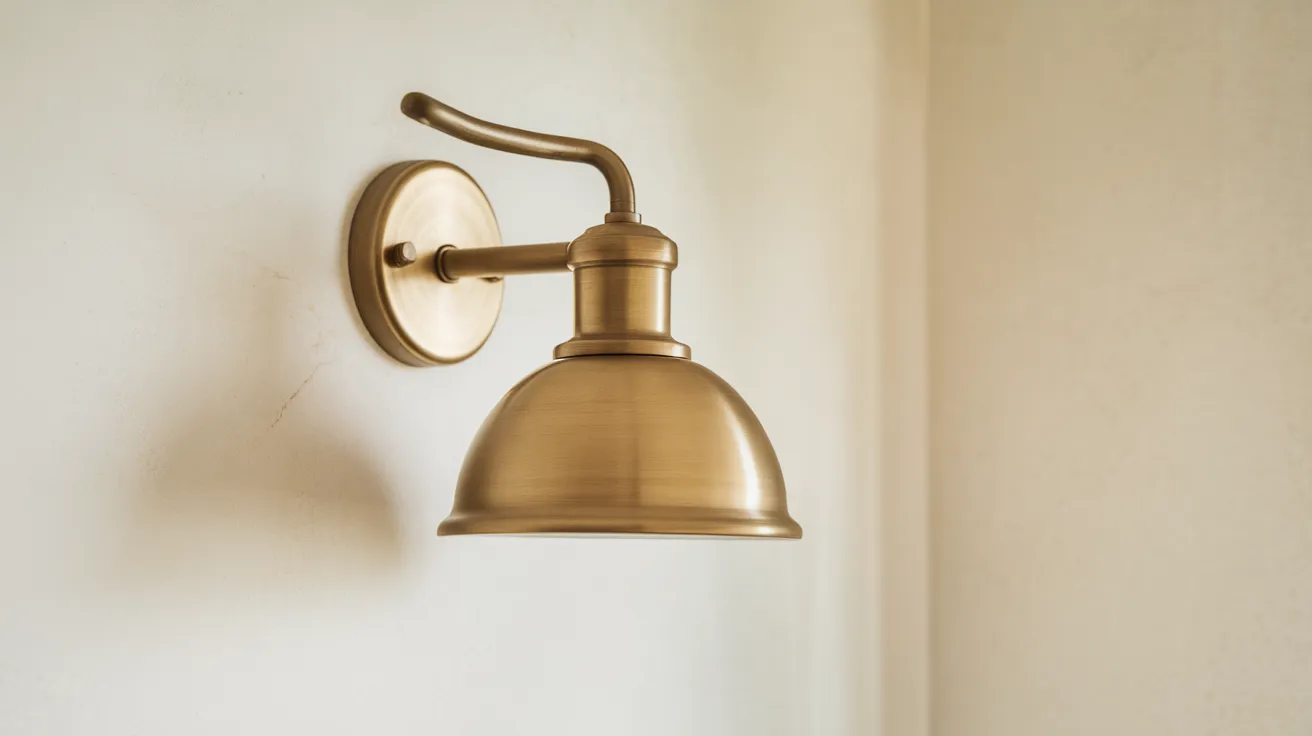
The second metal should support the first, not fight with it. Use it for smaller pieces like towel bars, light fixtures, or mirror frames.
This adds visual interest without making the room feel too busy. Look for a finish that contrasts with, yet complements, your main metal.
If your dominant metal is cool-toned, consider a warm accent, such as brass.
A touch of contrast adds personality to the space. Just don’t overdo it; one or two touches are enough to make a difference.
3. Limit It to Two or Three Metals
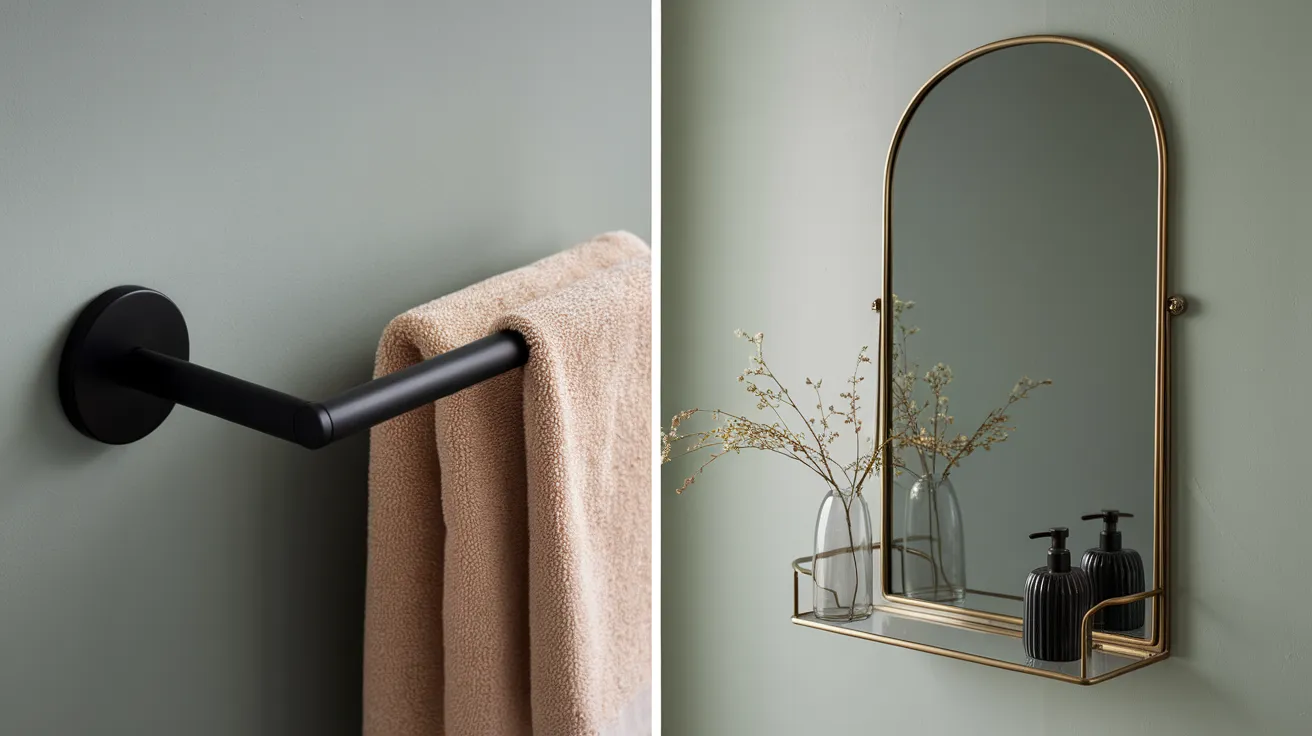
Two is usually the magic number when it comes to mixing metals. It keeps the room looking stylish but not messy.
If you have a large or bold bathroom, you may be able to incorporate three metals. But anything more starts to feel confusing and unorganized.
Too many different metals can clash and ruin your design. Keep your choices simple and clean.
If you’re unsure, start with just two and use the third as a small accent, like on drawer knobs or accessories.
4. Balance the Metals Around the Room
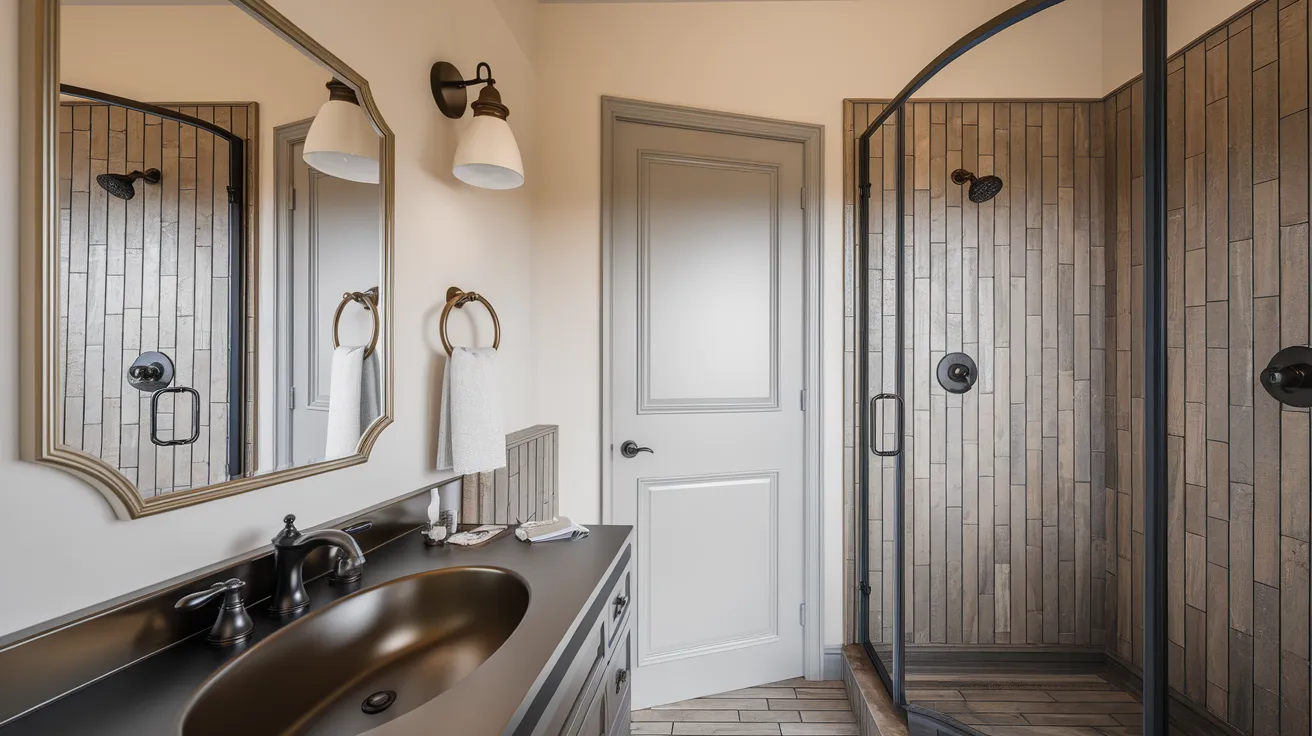
Distribute your metal finishes so they feel balanced from one end of the bathroom to the other.
Don’t keep all the gold or all the black on just one side. For example, if your faucet is black, echo that color in the towel hooks or door handles across the room.
This makes your space feel planned and pulled together. Look at your bathroom as a whole, rather than focusing on one wall at a time.
Think of your finishes like paint strokes. They should flow across the room.
5. Match the Undertones
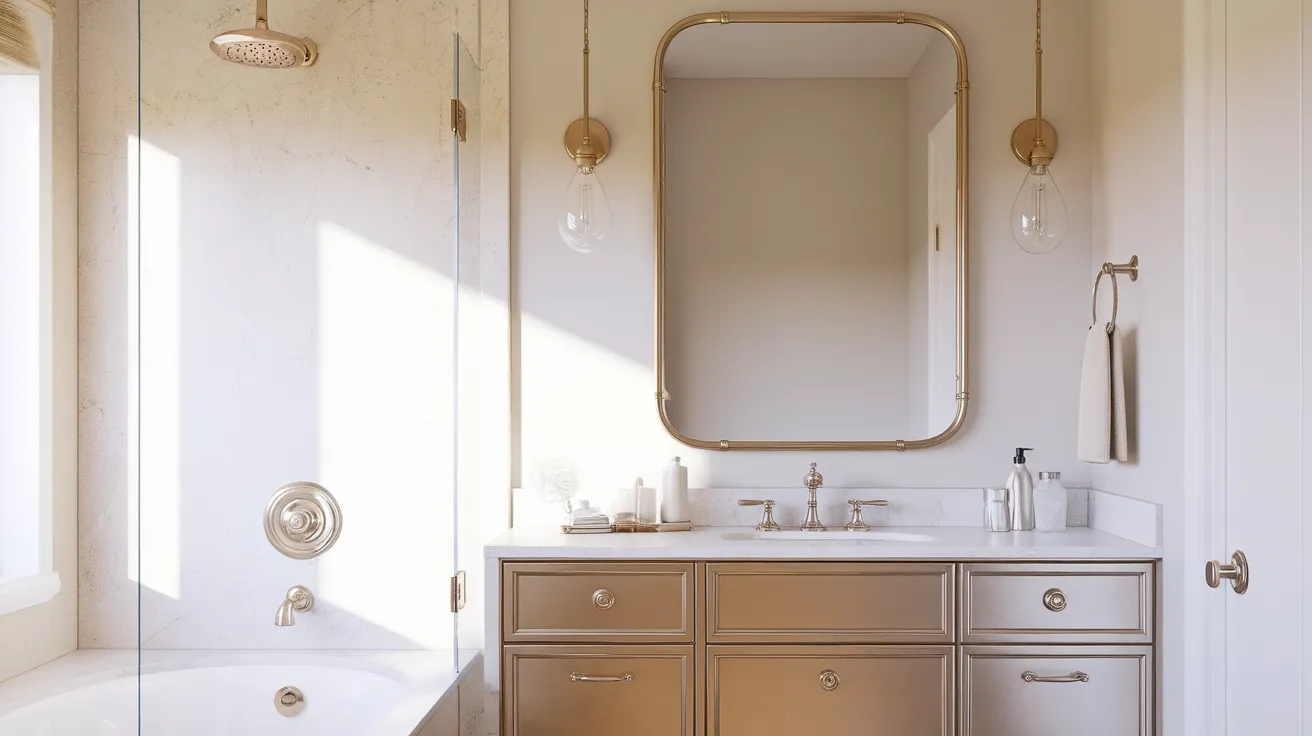
All metals have either a warm or cool undertone. Warm ones include brass, gold, and copper.
Cool ones include chrome, nickel, and stainless steel. Stick to the same temperature range when possible.
If you want to mix warm and cool tones, do it carefully. Keep one dominant and let the other be a small accent.
Matching undertones makes your bathroom feel calm and natural. If they clash, the whole room feels off, even if you can’t tell why at first.
6. Use Texture for Depth

Don’t just mix colors, mix textures too. A matte black finish feels distinctly different from a shiny chrome finish.
Use this to your advantage to create depth. If all your finishes are the same texture, the space might feel flat.
Try pairing a brushed metal with a polished one to keep things interesting.
Texture helps even similar tones feel different. It also keeps the space from looking too matchy-matchy or boring.
7. Tie It Together with Accessories
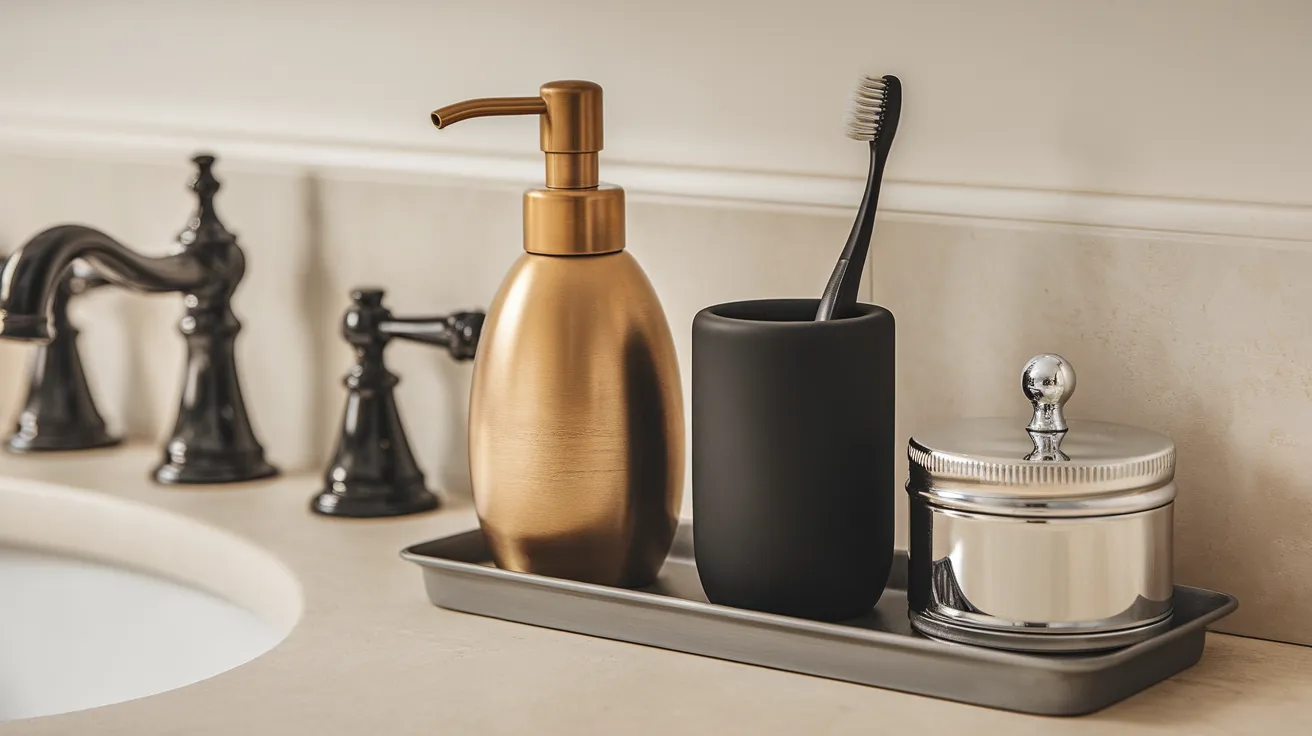
Use small details to blend your mixed metals. Items like soap pumps, towel trays, and toothbrush holders are easy places to sneak in a second or third finish.
These help connect your metals and make the design feel complete. Accessories are great because they’re easy to change later.
If you want to try out a new metal, start with a small item and see how it looks.
Think of these as the jewelry of your bathroom, little things that make a big difference.
Mixed Metal Combination Ideas
Now that you know the principles, I’ll share some metal combinations that have worked well for me in different bathroom styles.
These tried-and-true pairings take the guesswork out and help everything feel more pulled together.
| Good Metal Combinations | Combinations to Avoid |
|---|---|
| Polished nickel + polished brass | Polished nickel + chrome |
| Polished nickel + polished brass + matte black | Polished brass + brushed gold |
| Any gold or brass + matte black | |
| Chrome + brass | |
| Chrome + matte black | |
| Brushed aluminum or satin chrome + stainless steel + chrome |
Mixed Metal Styling Tips to Pull it All Together
Once you’ve chosen your metal combination, these styling tips will help you create a cohesive look that feels intentional and designer-approved.
- Create zones for each metal finish.
- Balance your metals across the whole room
- Repeat each metal more than once
- Think about built-in features like shower doors or shelves
- Choose one main metal to ground the design
- Mix big and small metal pieces
- Use matte black as a neutral
- Pay attention to the finish (polished, brushed, etc.)
- Add non-metal materials like wood, glass, or fabric
- Follow the 70-30 or 60-30-10 rule for balance
- Keep each type of fixture in the same metal
- Count mirrors and artwork in your metal plan
- Take photos as you go to check the full look
Conclusion
Mixing metals in your bathroom isn’t just about keeping up with trends – it’s a smart way to create a space that feels personal and timeless.
By following a few simple tips, you can combine different finishes in a way that looks clean and intentional. Stick to two or three metal types, and make sure each one shows up at least twice. That way, it looks like a design choice, not a mistake.
Keep warm tones with warm, and cool with cool for a more balanced look. Plan ahead, and choose your finishes based on what feels right in your space.
Don’t be afraid to try something new – some of the best looks come from bending the rules a little.
Have you mixed metals in your bathroom? Share your favorite combos or questions below, and save this guide for later!
If you found this blog helpful, you may also be interested in reading about mixing metals for kitchens.
It is packed with smart and easy ideas to make your kitchen stylish.
Frequently Asked Questions
Can I mix metals if I have a small bathroom?
Yes! Just use two metals instead of three. Choose shiny ones like chrome or brass to help reflect light. Repeat each metal at least twice so the space feels pulled together, not crowded or random.
What if my fixtures are already installed and I don’t want to replace them?
No problem! Let your current fixtures be the main metal. Then add a second metal using easy-to-swap items like mirrors, towel hooks, or lights. Even small things like trays or jars can help tie it all together.
Should doorknobs and cabinet hardware match?
They don’t need to match each other, but they should match within their group. Keep all cabinet handles the same, and do the same for doorknobs.
How do I handle metal fixtures that aren’t available in my preferred finish?
If your favorite finish isn’t an option, pick a similar piece in a nearby finish or style. Or use it in a less noticeable spot and balance it with your chosen metals elsewhere.


